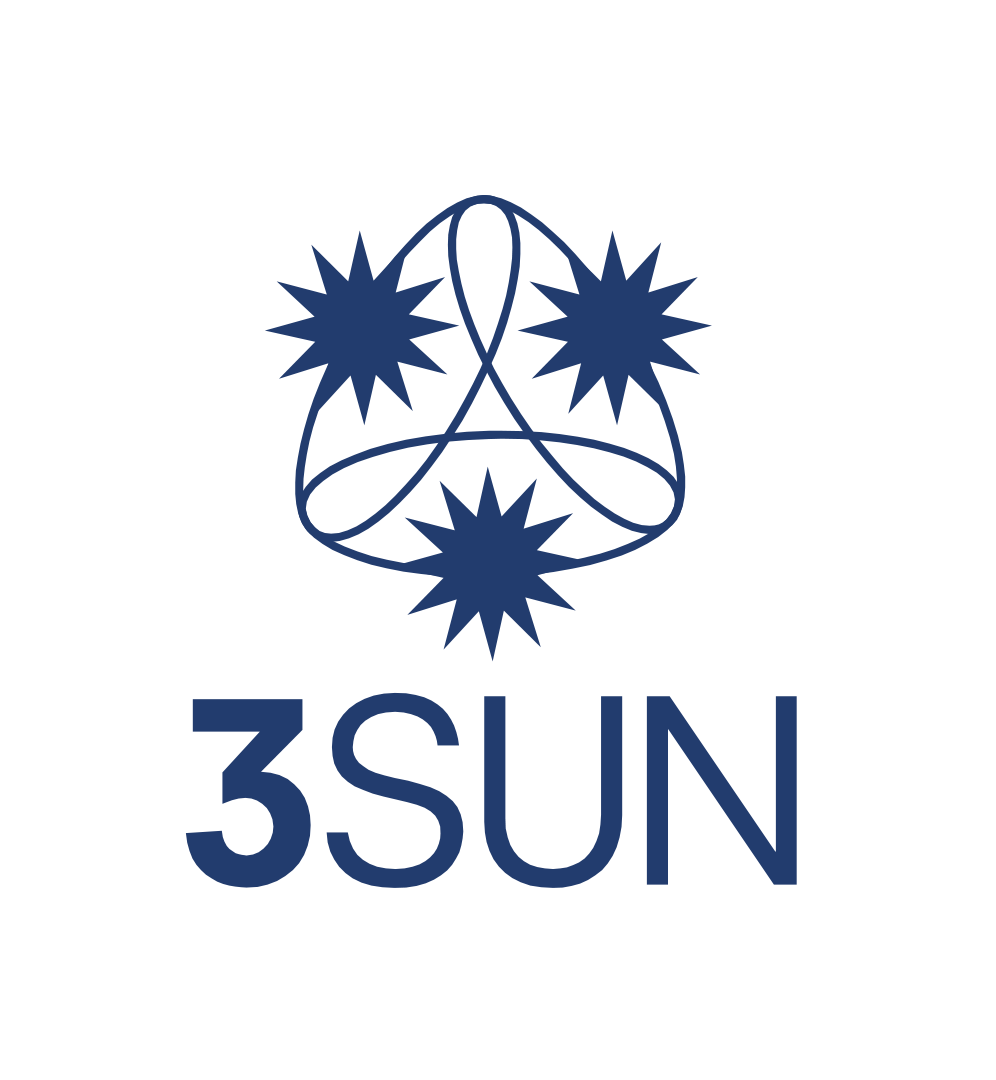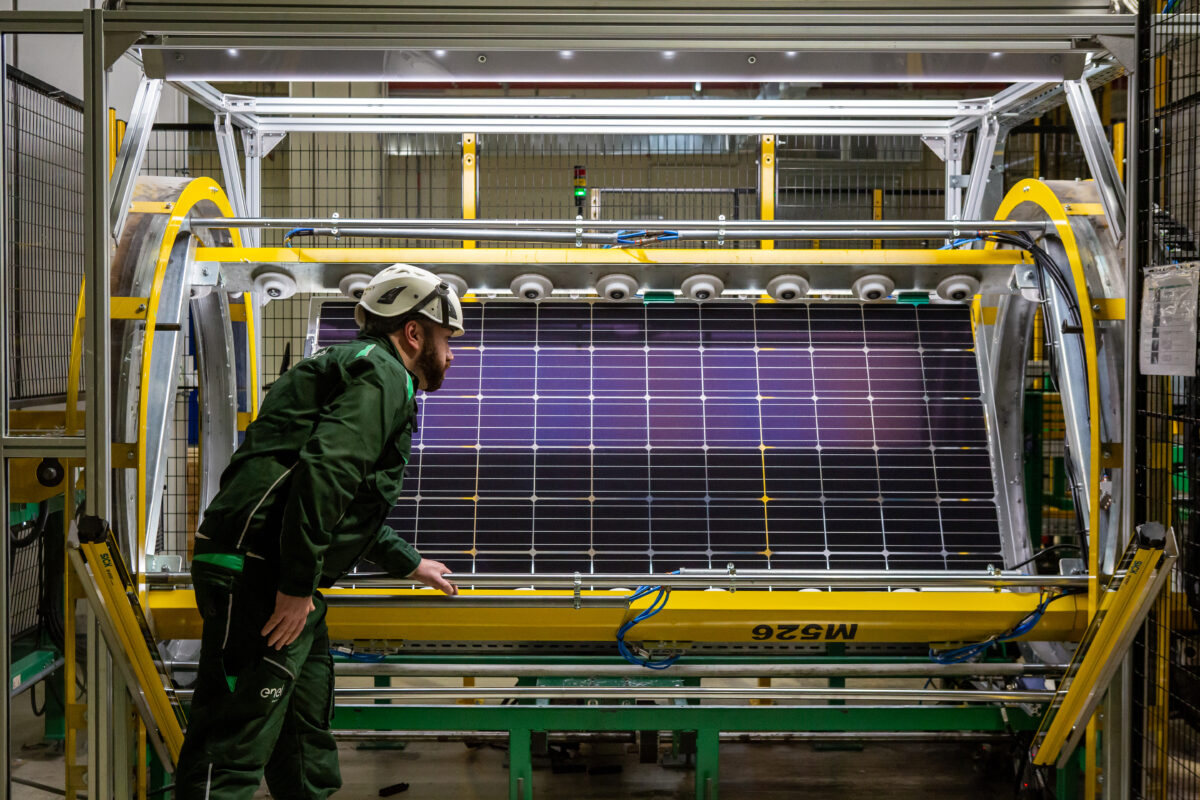Solar power accounted for the highest portion of new generating capacity additions to the United States’ electricity grid each of the last four years, a trend that has continued into 2023. Historically, solar capacity was increased by installing more panels, but this approach is unsustainable as land availability decreases and costs rise.
Instead, bringing more solar energy online will rely on improving generation efficiency. This is a challenge the industry has been slow to solve. Despite their generation limitations, single-junction solar cells are still commonly used in solar panels. However, US domestic solar production has a new contender.
3SUN USA announced its intention to build one of the largest solar PV module and cell manufacturing facilities in Inola, Oklahoma, earlier this year. This will be 3SUN’s second facility. Its first, in Catania, Italy – the birthplace of CORE-H technology – has produced solar cells and modules since 2011. The facility is expanding and increasing production from 200 to 3,000 MW annually to become Europe’s largest photovoltaic cell and module factory. Now the trusted solar manufacturer is bringing its decade-plus of global experience and its bifacial hetero-junction technology (HJT) to utility, commercial, and residential customers in the US.
HJT is a solar panel manufacturing technique that produces panels by overlapping layers of material with different characteristics. For example, one layer of crystalline silicon overlaps one of amorphous silicon, a combination 3SUN calls CORE-H.
The CORE-H arrangement of crystalline and amorphous silicon layers elevates solar energy production beyond the limits of more commonly used arrangements, like passivated emitter and rear cell (PERC), passivated emitter rear totally diffused (PERT), or tunnel oxide passivated contact (TOPCon) cells. Once constructed, 3SUN bifacial HJT CORE-H solar cells capture sunlight on two sides, ensuring a high performance that broke the world record for efficiency in 2020, converting 24.63%.
In addition to increased efficiency, 3SUN’s solar cells offer users lower degradation of performance over time and increased stability in wet environments and at high temperatures. These benefits will be particularly important as climate change spurs increasingly extreme weather across the country.
“Decarbonizing the energy sector is incredibly important to securing the future of our planet,” Giovanni Bertolino, Head of 3SUN USA said. “By producing efficient, reliable photovoltaic modules for both utility-scale and distributed generation installations, we enable a more sustainable solution to the decarbonization challenge. And we’re doing it with 100% renewable electricity in our 3SUN USA facility.”
3SUN’s technology is uniquely informed by its affiliation with Enel, the world’s largest private player in the renewable energy sector. Built with insight into the most pressing challenges facing renewable generation facilities, 3SUN has developed and finessed cutting-edge technology to drive innovation in the growing domestic solar industry. Panels produced in the Catania facility will be available to support the US market in early 2024 while the US facility is under construction.
“A more innovative, efficient solar industry benefits everyone,” Bertolino said. “I look forward to seeing its growth and opportunity as advancements like bifacial hetero-junction technology become the standard.”
This content is protected by copyright and may not be reused. If you want to cooperate with us and would like to reuse some of our content, please contact: editors@pv-magazine.com.









Excellent, but the permission that land supply is low has little basis. Roadside solar on highway ROWs has barely been touched. Parking lots and mega store rooftop sites are rare. Park and ride w solar chargers are extreme low hanging fruit.
The idea of single use land based solar is technically infantile thinking which must be outgrown. Agrivoltaics, C&I rooftop and parking lot with charging for employees and self consumption, roadside ROW and every last on the transmission line solution should take priority over the monolithic industrialized utilities model that now employs central production and distribution mentality.
Wasted transmission losses and fragile un resilient one way mega grids define a dying and outdated paradigm.
Imagine businesses, industries, municipal sites, close-to-use community sites and residential sites employing best self generation/storage and consumption practices. This would define resilience and strength without Monoculture production mentality.